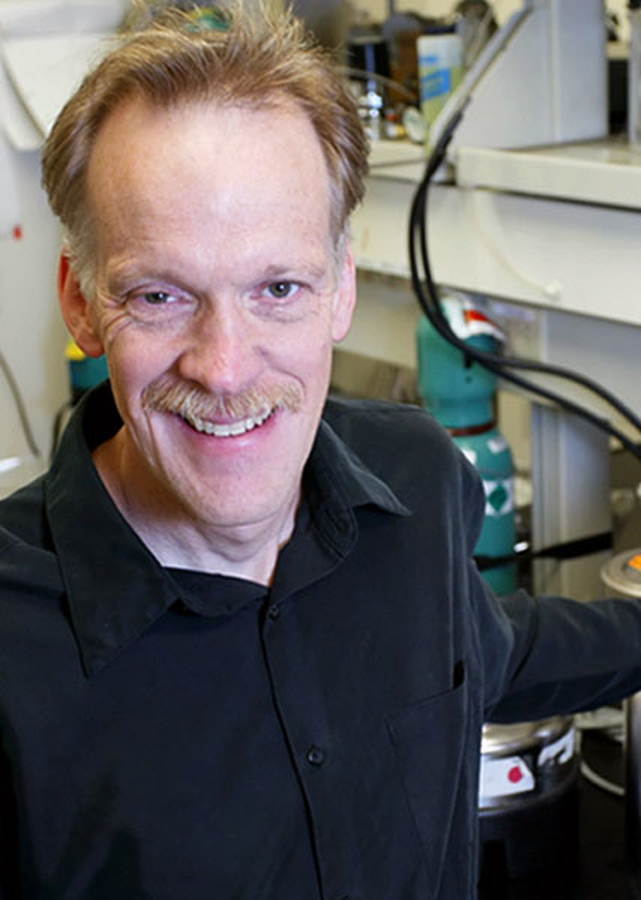Like a hibernating bear, some organisms can induce a state of reversible suspended animation to survive the damage caused by extreme conditions or trauma.
On April 22, cell biologist Mark Roth will illustrate this biological phenomenon by describing his work to treat heart attack, an emergency in which part of the heart muscle rapidly enters into suspended animation while the rest of the body attempts to remain animated.
Roth is trying to understand the fundamental similarities between naturally occurring suspended animation and anecdotal examples of human “near-death” experiences—like surviving a heart attack. This knowledge could potentially lead to the development of life-saving treatments.
With this aim, he is working with a series of essential elements—including iodine and hydrogen selenide—that redistribute inside an animal’s cells during altered states of animation. Roth found that some of these same elements can not only create states of suspended animation in animals; when administered, they can also improve the ability to reanimate.
